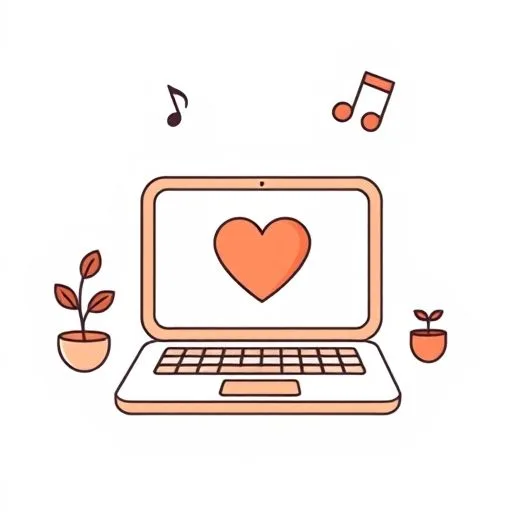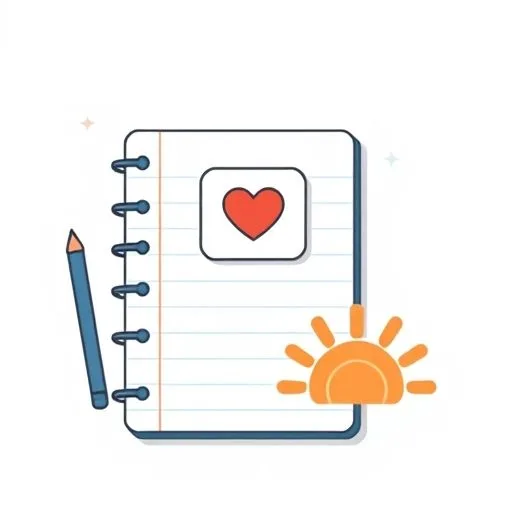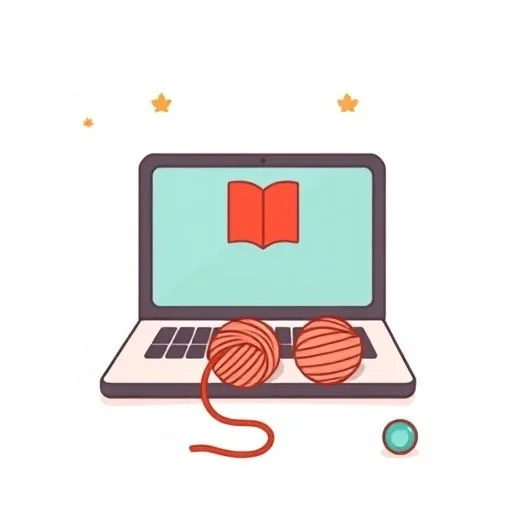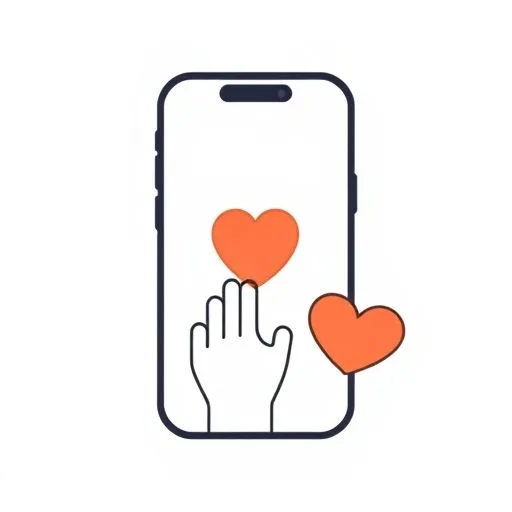
You know that sound—the soft sigh she lets out when she’s holding three things in her mind at once, her phone balanced between her shoulder and ear as she scribbles a grocery list. That’s where I found myself watching her again last night, half wondering how many more of those moments she could carry. Then something shifted. It wasn’t loud. Just a quiet tap of the keyboard, a pause, and then she smiled. We’ve all heard that AI could help with parenting, but what we’ve learned is this: the best tools don’t replace the human moments—they cut through the noise so we can find more of them.
When Dinner Time Feels Like a Formula One Pit Stop

We’ve all been there—the 5:30 scramble. AI shocked me when it became a sous-chef in her kitchen. That’s not the gloss. I mean the way she’s standing there, food processor in one hand, wrinkled toddler in the other, and a gentle voice asking, ‘What’s my toddler’s 5-minute meal plan with leftovers?’ No magic. Just a few taps on the meal prep app she’s trained.
It’s the quiet hum of efficiency. You’re right—it’s not about the AI. It’s about her shoulders softening when she realizes she’s got a way through the chaos. And I’m just there, slicing carrots, watching her win that moment.
Her Secret Weapon: AI as a Translator for Teens and Grumpy Mornings

She’s taught me to look for the subtle shifts. Take the way our teen’s been moody—the gruff shoulders, the monosyllabic answers. That’s not just teenage angst; it’s a language we’re still learning to speak. We found her—and I’ll say ‘we’—keeping a notebook of AI prompts: ‘How to phrase this so it’s not about school?’ or ‘How to ask for porch clean-up without sounding like a drill sergeant?’
It’s not about letting the AI speak for us. It’s about the moment she’s reading the suggestions, and her eyes light up—that ‘aha, so this is how to say it’ look. That’s the tool she’s really holding: a way to really connect with them.
Bedtime Stories and the Magic of ‘What If…’

Last night, the kids were out of the bath. We could hear the giggles, the damp towels strewn like confetti in the hallway. She’d been exhausted all day, and I’d braced for another bedtime battle. But as she pulled up the laptop, I saw her do something I’d feared—she was typing in a prompt. ‘What’s a story about a dragon who loves to knit?’ I braced myself.
But the story wasn’t the point. The way she leaned in, her eyes sparkling—that was the real magic. Then she paused, clicked the ‘modify’ button, and added, ‘…and make sure the dragon cries a little when he’s proud of his scarf.’
That’s when I realized: she’s not just getting AI to do the work. She’s teaching it to speak to her kids’ hearts.
That’s the quiet strength we keep overlooking, isn’t it?
The Balance That’s More Than a Buzzword: Tech and the Hand on the Shoulder

We’ve all heard the warnings about screens and kids, about the endless AI debates. But the moment I’ll remember most? It was when she showed me the new app—the one that blocks out homework time. Her face was tentative, but her voice was steady. ‘Here’s the thing,’ she said. ‘We set the rules—AI’s just the guardrail.’
And I watched her set the boundary. It wasn’t the AI. It was the quiet way she used it to carve out a space for the irreplaceable—the homework, the tears, the forehead kisses, the ‘I’m here’s’ that we’re both trying to say more often.
The Final Prompt That We’re Still Learning to Type

The tools are glittery—all the tech, the AI chatbots, the digital assistants. But what matters comes back to what we’ve always been tending to. That’s the part I’m still learning from her to watch. The way she pauses, the hesitation in her finger before she decides to ask AI for help—or to simply close the laptop and let the moment be messy.
That’s the real skill, isn’t it? Knowing when to let the tech give us a breath, and when to hold that breath ourselves. And I’m just here, noticing, the way she’s teaching our family to be both human and helped.
Source: Ciena splashes $270m on datacentre networking specialist, Telecomtv, 2025-09-23
